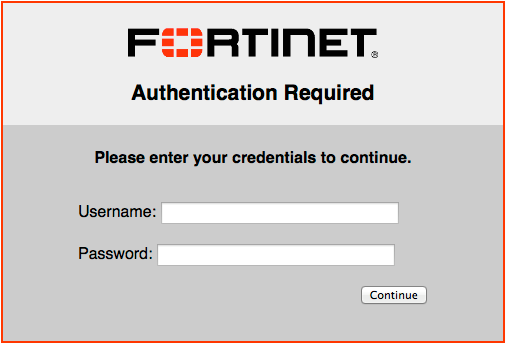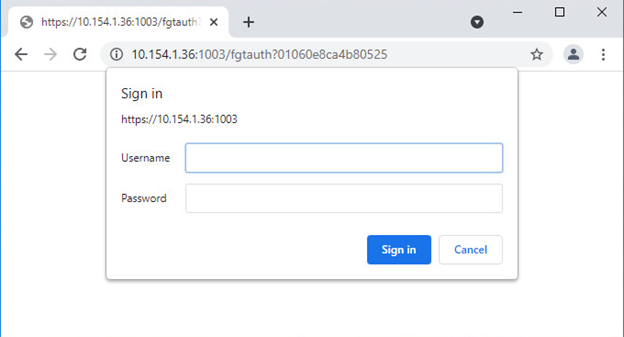- Forums
- Knowledge Base
- Customer Service
- FortiGate
- FortiClient
- FortiAP
- FortiAnalyzer
- FortiADC
- FortiAuthenticator
- FortiBridge
- FortiCache
- FortiCarrier
- FortiCASB
- FortiConnect
- FortiConverter
- FortiCNP
- FortiDAST
- FortiDDoS
- FortiDB
- FortiDNS
- FortiDeceptor
- FortiDevSec
- FortiDirector
- FortiEDR
- FortiExtender
- FortiGate Cloud
- FortiGuard
- FortiHypervisor
- FortiInsight
- FortiIsolator
- FortiMail
- FortiManager
- FortiMonitor
- FortiNAC
- FortiNAC-F
- FortiNDR (on-premise)
- FortiNDRCloud
- FortiPAM
- FortiPortal
- FortiProxy
- FortiRecon
- FortiRecorder
- FortiSandbox
- FortiSASE
- FortiScan
- FortiSIEM
- FortiSOAR
- FortiSwitch
- FortiTester
- FortiToken
- FortiVoice
- FortiWAN
- FortiWeb
- Wireless Controller
- RMA Information and Announcements
- FortiCloud Products
- ZTNA
- 4D Documents
- Customer Service
- Community Groups
- Blogs
FortiGate
FortiGate Next Generation Firewall utilizes purpose-built security processors and threat intelligence security services from FortiGuard labs to deliver top-rated protection and high performance, including encrypted traffic.
- Fortinet Community
- Knowledge Base
- FortiGate
- Technical Tip: Configure browser pop-up instead of...
Options
- Subscribe to RSS Feed
- Mark as New
- Mark as Read
- Bookmark
- Subscribe
- Printer Friendly Page
- Report Inappropriate Content
Description
This article describes how to display a browser pop-up instead of a web page for user authentication when captive portal is enabled.
Related document.
https://docs.fortinet.com/document/fortigate/6.0.0/handbook/934626/captive-portals#Config_captive_po...
Solution
When configuring Captive Portal as an authentication method for the users, by default configuration, FortiGate will display an authentication web page in the browser like the following image:

To avoid the users to see the web page above but instead a browser pop-up like following:

HTTP-Basic-Auth has to be enabled on the user settings.
The 'Basic' HTTP authentication scheme is defined in RFC 7617, which transmits credentials as user ID/password pairs, encoded using base64.
HTTP basic authentication usually causes a browser to display a pop-up authentication window instead of displaying an authentication web page.
The 'Basic' HTTP authentication scheme is defined in RFC 7617, which transmits credentials as user ID/password pairs, encoded using base64.
HTTP basic authentication usually causes a browser to display a pop-up authentication window instead of displaying an authentication web page.
Some basic web browsers, for example, web browsers on mobile units, may only support HTTP basic authentication.
On the FortiGate config, the following parameter must be enabled:
On the FortiGate config, the following parameter must be enabled:
# config user setting
set auth-ca-cert "Fortinet_CA_SSL" <----- Make sure to set a CA which needs to be trusted on the end users in order not to receive certificate warnings when user loads a 'HTTPS' web site and it is not authenticated yet.
set auth-secure-http enable
set auth-http-basic enable
end
Broad. Integrated. Automated.
The Fortinet Security Fabric brings together the concepts of convergence and consolidation to provide comprehensive cybersecurity protection for all users, devices, and applications and across all network edges.
Security Research
Company
News & Articles
Copyright 2024 Fortinet, Inc. All Rights Reserved.